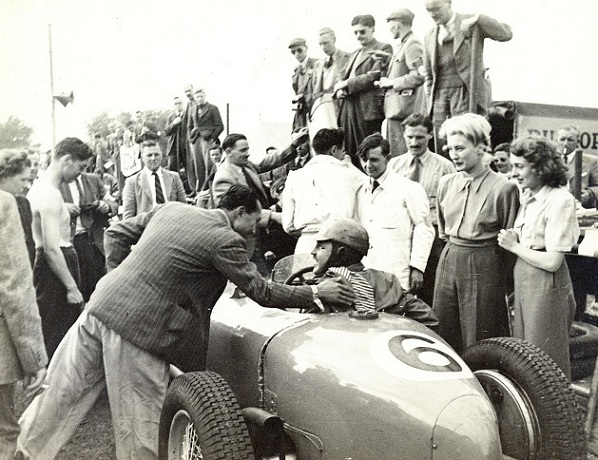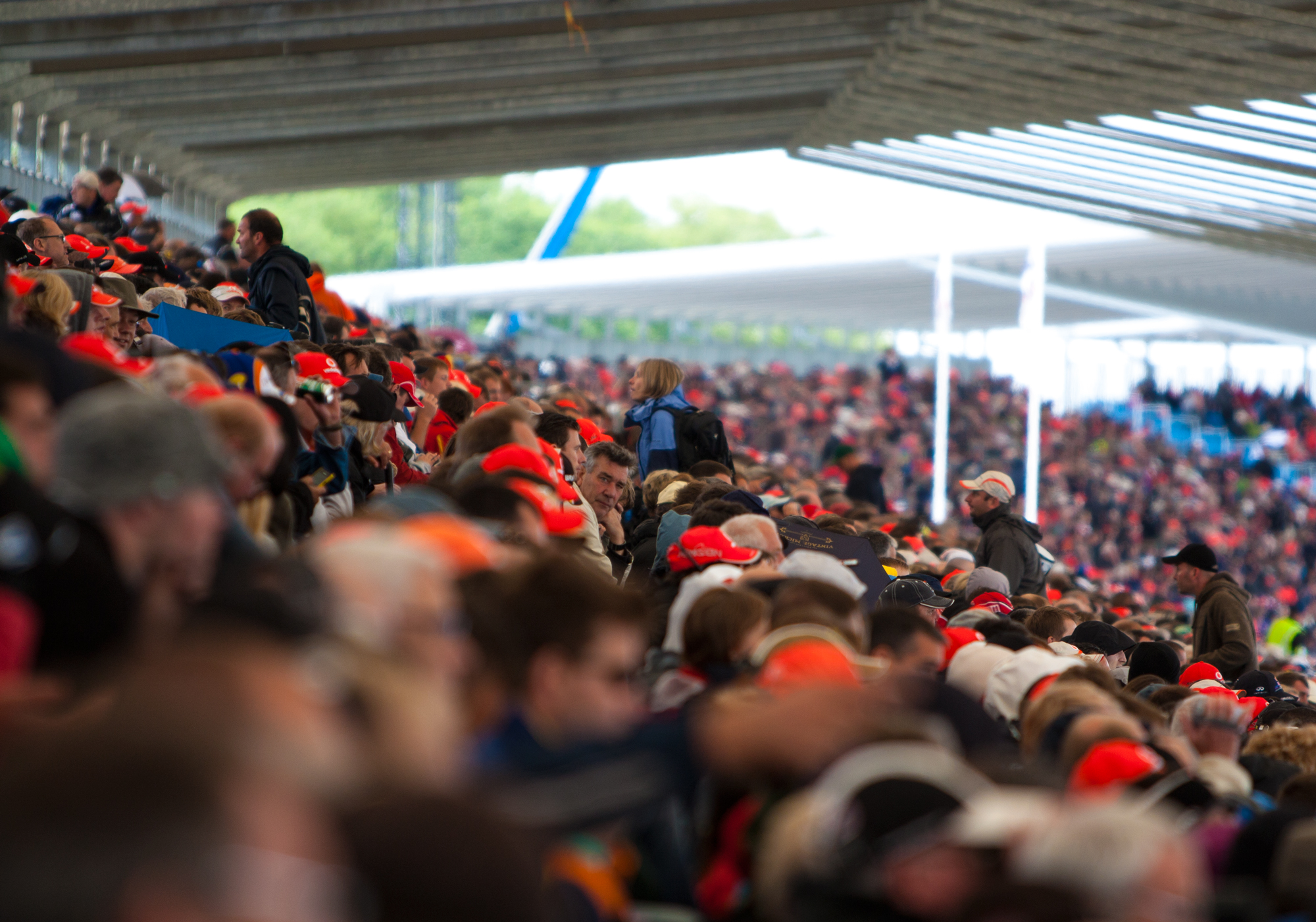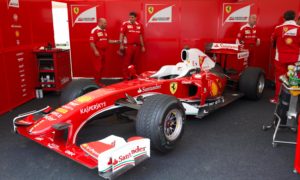 The Formula One Teams’ Association have said that a change to the current points-scoring system is necessary, amongst other recommendations published by the group today.
The Formula One Teams’ Association have said that a change to the current points-scoring system is necessary, amongst other recommendations published by the group today.
The Association met in Geneva today and were quick to agree on a range of measures designed to make the sport sustainable in light of the current problems it faces.
One of the most significant revisions to the sport would be a points system change proposed by the group for the upcoming season. The new system would see points scored 12-9-7-5-4-3-2-1, and is designed to reward a grand prix winner more.
Other important proposals included reducing costs considerably by 2010, and to enhance the media and fans’ access to the sport. However, the statement issued by the group made it clear that changes would only reflect those demanded by its core audience, and would not change the DNA of the sport irretrievably.
Ferrari and FOTA President Luca di Montezemolo hailed the changes.
“This is an unprecedented moment in Formula One history. Above all else, for the first time the teams are unified and steadfast with a clear, collective vision. Thanks to this unity, all the teams have already managed to make a significant reduction to their costs for 2009,” the Italian is quoted as saying by autosport.com.
“And, while we will continue to compete vigorously on track, we all share one common goal: to work together to improve Formula One by ensuring its stability, sustainability, substance and show for the benefit of our most important stakeholder, namely the consumer. It is with this mindset that we now intend to work hard, with our partners at the FIA and FOM, our shared goal being to optimise the future of Formula One.”
The changes need clearance by the FIA and by commerical rights holder FOM before they can take effect.
KEY PROPOSALS
Technical
2009:
* More than 100% increase in mileage per engine (eight engines per driver per season)
* Reduction in wind tunnel and CFD (computational fluid dynamics) usage
* Engine available at €8 million per team per season
2010:
* Engine available at €5 million per team per season
* Gearbox available at €1.5 million per team per season
* Standardised KERS (put out to tender, with a target price of €1-2 million per team per season)
* Target a further 50% reduction of the 2009 aerodynamic development spend
* Specified number of chassis, bodywork and aerodynamic development iterations (homologations) during the season
* Prohibition of a wide range of exotic, metallic and composite materials
* Standardised telemetry and radio systems
Sporting
2009:
* Testing reduction (50%)
* New points-scoring system (12-9-7-5-4-3-2-1), to give greater differentiation/reward to grand prix winners
* Race starting fuel loads, tyre specifications and refuelling data to be made public
2010:
* Commitment to recommend new qualifying format
* Radical new points-scoring opportunities (eg, one constructors’ championship point to be awarded for the fastest race pit stop)
* Further testing reductions (four four-day single-car pre-season tests plus one single-car pre-season shakedown)
* Reduction of grand prix duration (250km or a maximum of one hour 40 minutes) pending the approval of the commercial rights holder
Commercial
2009:
* Increased data provision for media
* Explore means by which the presentation of Formula One action can be more informatively and dynamically presented, common to other sports such as tennis and cricket, to dramatically improve engagement with the public
* Nominated senior team spokesman available for TV during grand prix
* Commitment to enhance consumer experience via team and FOTA websites
* Mandatory driver autograph sessions during grand prix weekends
2010:
* Commitment to enhance consumer experience via TV coverage
Key Demographics Of Global Audience Survey
* 17 countries surveyed
* First ever poll of Formula One devotees alongside non-Formula One devotees (ie, marginal and/or low interest fans)
* Responses were weighted according to the size of viewing market in each country (to avoid small markets skewing the results)
* Results were segmented by interest level in Formula One, demographic profiles (age and gender), country and region
* Total audience is comprised of:
– Regular fans (25% by volume, predominantly male, cross section of ages)
– Moderate fans (44% by volume, female and male, cross section of ages)
– Infrequent fans (31% by volume, unlikely to watch grands prix, predominantly female,
cross section of ages)
Key Findings Of Global Audience Survey
1. F1 isn’t broken, so beware ‘over-fixing’ it
The current race format is not viewed as fundamentally broken (across all levels of Formula One interest) and therefore doesn’t require radical alteration. There is a strong desire for Formula One to remain meritocratic, while consumer interest is driven most by appreciation of driver skill, overtaking and technology.
Implication: there is no evidence to suggest that grand prix formats need ‘tricking up’ via, for example, handicapping, sprint races, reversed grids or one-on-one pursuit races. Formula One audiences appreciate the traditional gladiatorial, high-tech nature of the sport and would not respond favourably to a perceived ‘dumbing down’ of the current format.
2. F1 needs to be more consumer-friendly
An individual’s view or understanding of Formula One is framed almost entirely by their local broadcaster. Unlike most global sports, the vast majority of ‘consumption’ of Formula One is via race-day TV coverage, supplemented in part by traditional, non-specialist newspaper coverage.
Formula One fans are also mature consumers of new media channels (eg, on-line, mobile) and other touch points (eg, gaming, merchandise). The global nature of Formula One, although an attractive characteristic in itself, impedes the uniformity of race schedules, and often results in consumption of a race being limited to locally broadcast TV highlights programmes. Only devotees (25% of the total potential viewing audience) are likely to watch a race live if it occurs outside peak viewing times.
Implication: significant opportunities exist to build audience via other channels such as internet and mobile.
3. Major changes to qualifying format are not urgent
When asked to consider alternative qualifying formats, all fan types expressed a modest preference for a meritocratically determined starting grid. There was some degree of interest in allowing luck to play a part in shaping the starting order, but the general sentiment was that the fastest driver should always start from pole.
Implication: there may be justification for minor modifications to the current qualifying format, following further trials; however, a major change to the format will not result in a significant increase in audience.
4. Revisions to the points-scoring system
As with qualifying, all audiences want a meritocratic points-scoring system. This means that they want winning grands prix to count for more than it does currently. There is an indication that all audiences would like to see a greater points reward for winning grands prix.
Implication: a minor adjustment to the existing points system is justified
5. Evolution of pit stops and refuelling
All audiences view pit stops as integral to their enjoyment of grand prix coverage; however, they rank the most important and compelling aspect of pit stops as tyre changing rather than refuelling. Race strategies were not highly ranked as a determinant of interest in Formula One.
Implication: audiences are unlikely to diminish if refuelling is discontinued. Tyre changing is an important driver of audience interest (in pit stops) and should not be further automated.








